After 200 years, an ancient grain is back on the menu
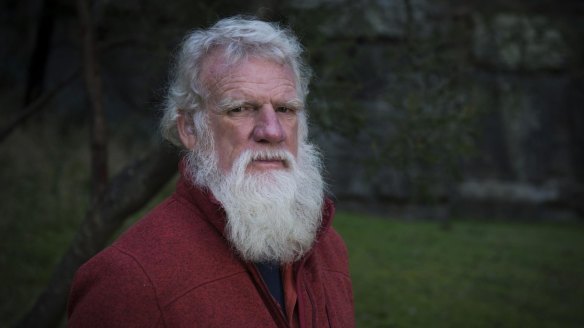
Author, farmer, and Yuin man Bruce Pascoe's horrible summer included fighting the Victorian bushfires, which destroyed fencing, sheds and crops on his East Gippsland property, and being subjected to a demoralising round of identity politics.
But after a dreadful start to 2020, Pascoe's autumn rallying culminated in May, in the form of a heavy, dark brown bread. The loaf was made with an indigenous grain, grown on Pascoe's farm and milled – he thinks – for the first time in 200 years. The sturdy bread was one renaissance; the naming of the grain – mamadyang ngalluk or "dancing grass" – another.
When the fires took hold on December 31, Pascoe was about to harvest kangaroo grass, a different, relatively common native perennial he's been farming for its grain since 2018. "We nurtured it to maturity," he says. "We literally had the harvester on the paddock and fires came to the region the next day."
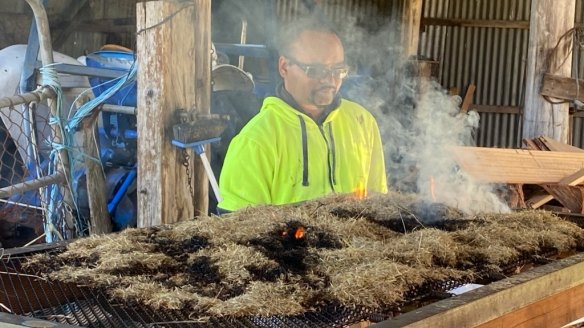
Pascoe is a volunteer firefighter. As fire activity built, he abandoned ideas of reaping grain, evacuated his daughter and her family to nearby Eden, then drove back into the smoke. He stopped to fight fires with his old friend Freddie Becker, then borrowed his mate's chainsaw to cut his way through to another property where neighbours were in danger. Freddie died of a heart attack later that night. "He was one of my oldest friends," says Pascoe. "I've known him since I was a kid."
The new year was swallowed up by hot battle upon battle, fierce front after front. "The Mallacoota fire was done and dusted in two days but the fire kept coming at us from different directions, sometimes from all directions," says Pascoe. "We ran around like cut cats for five weeks."
January also brought a renewed blow-up about Pascoe's First Nations heritage fuelled by serial antagonist Andrew Bolt and Aboriginal lawyer Josephine Cashman. Cashman used a fake letter questioning Pascoe's identity in her request that Home Affairs Minister Peter Dutton refer a financial impropriety allegation to the Federal Police.
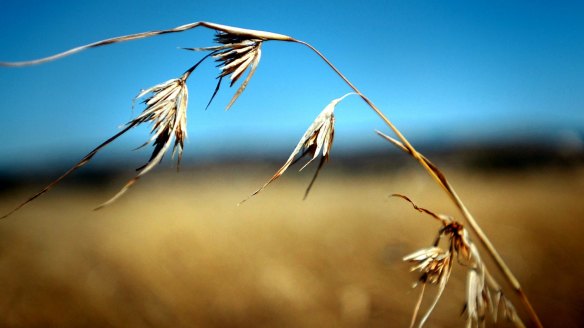
It wasn't until early February that Pascoe's own land burnt. "The kangaroo grass went up in the last week of the fires," he says. "It was devastating. I felt very flat and bleak when I got home."
Autumn brought ironic victories. The culture wars flare-up led to a spike in sales of Bruce Pascoe's 2014 book Dark Emu, which uses explorer diaries to recreate a picture of First Nations farming and land management. Increased publishing royalties allowed him to employ local Yuin people. They took up tools and toiled on his land. "We rebuilt fences and a shed that was hanging together like a set of bad teeth," says Pascoe. "It's hard, dangerous work. I'll never forget the dedication and the help – and that Dark Emu is paying them."
There was fresh bounty. "After the fires, we got rain and another grass started to grow," he says. "It sprung up, like a gift that had been given to us." The new crop, spindly and bright green, waved in the slightest tickle of a breeze. "We were pretty excited to see it, this little dancing grass, because we could see we'd be able to harvest it," he says. "It's probably the first time in 200 years that's been done."
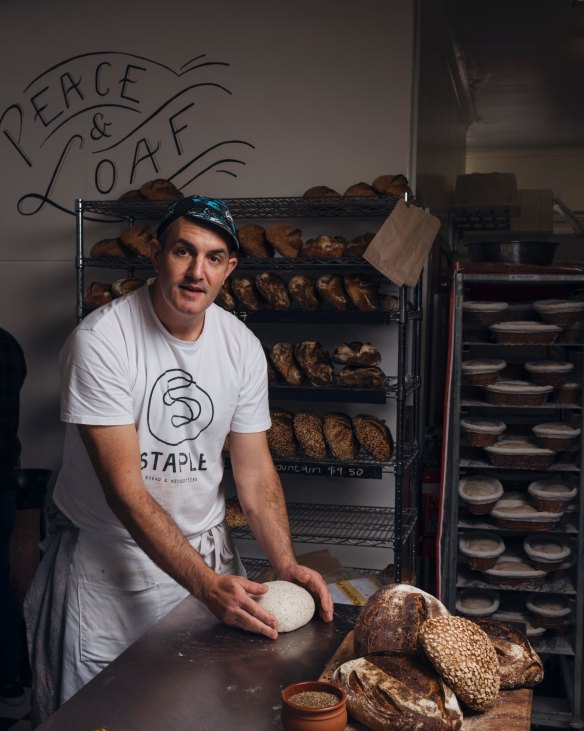
Rekindling a name for the crop was momentous too – so much language has been lost through dispossession and fractured heritage. Naming is a way to reclaim, reconnect and restate ownership. "We talked with elders and language people and were able to come to mamadyang ngalluk," says Pascoe. "Farming is a lot of grunt work, so for us to sit around at lunchtime and talk about culture is a privilege. There's food and there's language. It's a double resurrection."
As the new grass surged, so did the pandemic. "We got a mob together, three or five or six working," says Pascoe. "COVID came but we could keep our distance, look after our hygiene. We are so lucky we've been able to work on and get so much done."
Through April, they harvested. "We were trying to beat the weather, beat the fall of the grass, beat the cattle that wandered in through the fencelines damaged by fire," says Pascoe.
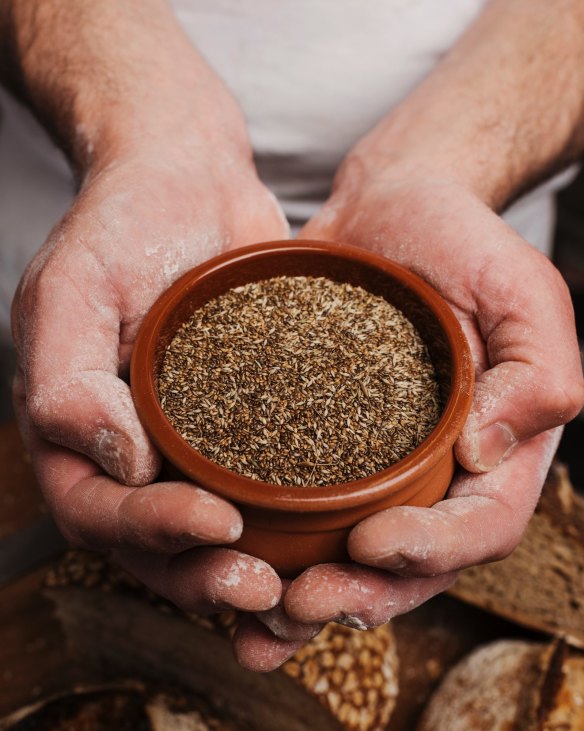
He estimates they've harvested about 80 kilograms of grain in a process that's experimental, far from industrial. First, they cut the grass and wrap it up in second-hand doonas. Next, they separate the seed from the chaff using a rubbing and roasting process, laying the stalks over a grate with a fire underneath. Then they turn the seed into flour, trialling hand-driven and electric mills to see which works better. "We are working on clues, trying to replicate what the old people did, using all sorts of different methods," says Pascoe. "I've been saying to the mob here, every time we touch this grass, we learn something new about it."
When they had enough flour, they baked a loaf of bread. "It was sensational," he says. "Dark brown like a European rye, but with a very particular flavour. When people have it, there's no way they are going back to supermarket sliced white bread – well, not if they're into flavour, health and looking after the earth."
Pascoe and his crew ate the mamadyang ngalluk bread with butter and jam made with figs grown on his farm. "It was a high point for us all," says Pascoe. "The land is mine but this belongs to the people. We love working together on this project. Food is a way to bring people together."
